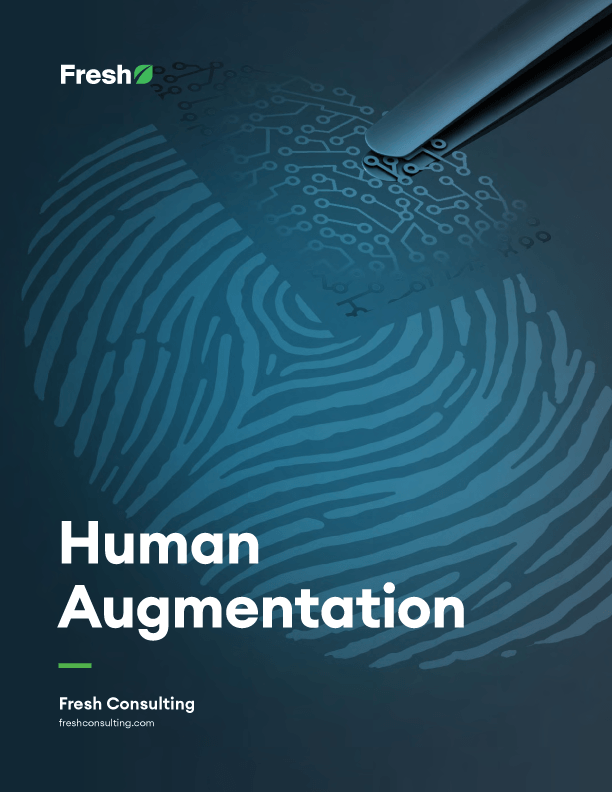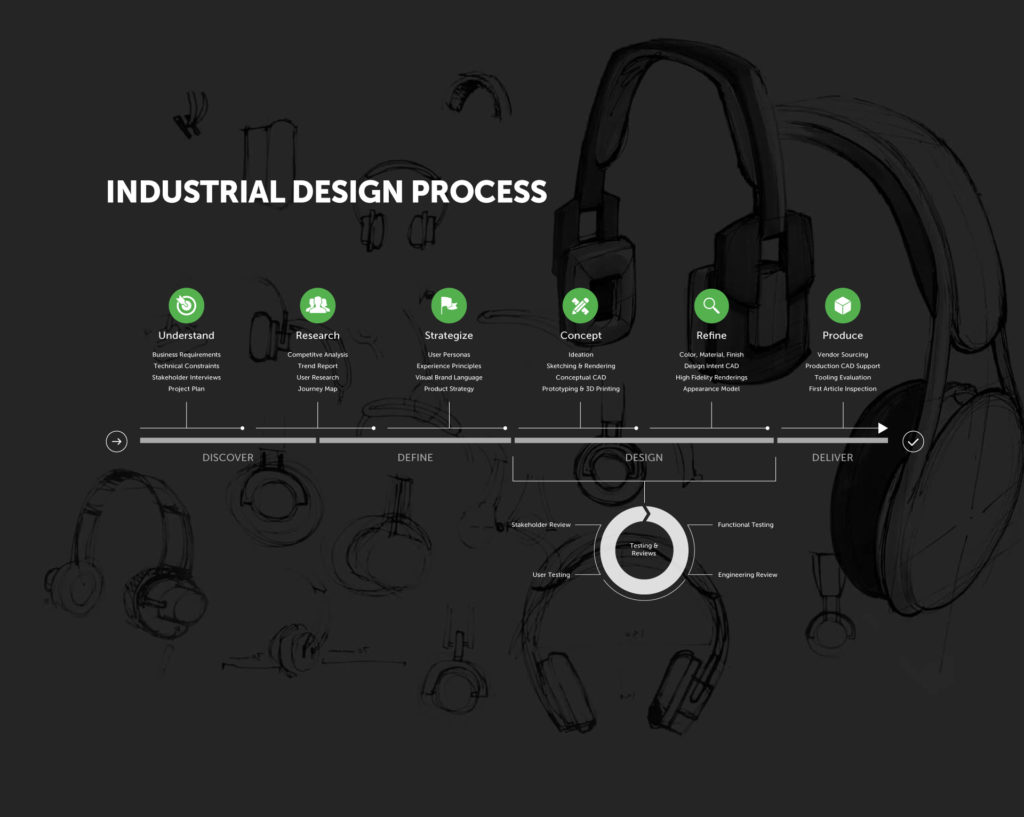Article
Enterprise 2.0 Technology delivers more Efficiency (4 of 10)

More Efficiency (part 4 of 10-part Enterprise 2.0 series introduced here)
Our approach to efficiency is outdated
The scientific management movement developed distinct processes to decouple management and labor and break down skills into discrete automated tasks with the goal of removing inefficiencies and implementing measurement and control. It worked. The more efficient you were, the more money saved and subsequently the more profit. As a result of scientific management, manufacturing improved and prospered. In the majority of the 20th century, it represented a huge portion of the world economy. But in the 21st century, manufacturing is on the decline and knowledge workers are growing; they now outnumber manual laborers 4 to 1 (Haag, S., Cummings, M., McCubbrey, D., Pinsonneault, A., & Donovan, R. (2006). Management Information Systems For the Information Age (3rd Canadian Ed.). Canada: McGraw Hill Ryerson). The worker and the work have changed and so should our approach to efficiency.
Knowledge workers are thinkers and creators, not repetitive robots
Many companies try to implement best practices for manufacturing work with their knowledge workers, but the principles of scientific management were for producing tangible products, not intangible ones. Knowledge workers are thinkers and creators, not repetitive robots. Instead of empowering people and finding their talents and encouraging them through incentives that align with company goals, we try to manage people like machinery since most workers sit inside expensive cost centers. The faster they work, the more money saved, right? Wrong.
Efficiency in knowledge work is different than efficiency in manufacturing work
Efficient manufacturing meant that you were able to duplicate products quickly. In knowledge work however, duplication of efforts mean inefficiencies exist. Implementing processes intended to improve repetitive manufacturing efficiency won’t work for knowledge workers.
Rather, knowledge workers need processes and technologies that …
INCREASE
- collaboration with each other
- connections and relationships to get insight from others
- creative efficiency to produce new knowledge and product
- transparency of existing documents to build upon
and DECREASE time spent:
- duplicating work
- searching for documents
- locating others they need to talk to
- finding knowledge that will help them
- re-building something when a template already exists
Duplication is a primarily culprit in inefficient knowledge work
There is a huge amount of duplication occurring in companies and government bodies. Did you know there are 15 government agencies that inspect food? (see source here) It’s not uncommon for global companies to find company workers in other countries doing the exact same work. Reducing duplication is critical in big companies.
When someone starts a new project you lose a lot of productivity if they have to duplicate work that has been completed in another part of the company. For any company that delivers intangibles, giving a worker the ability to locate and access work that has already been completed can deliver huge efficiency gains because centralized documents and forums reduce the need to repeat answers.
Here are some stats that illustrate the problem with inefficient knowledge work (Thanks to a compilation of stats in a Microblogging and Enterprise 2.0 whitepaper from Social Text):
- IDC Research found that “…knowledge workers spend 15-30% of their time seeking specific information and these searches are successful less than 50% of the time.
- For the Fortune 500, the cost of the fruitless searches represents between $60 and $85 billion in direct costs and twice that in opportunity costs.”
- The Delphi Group found that employees spend 1/4 of their time looking for information. A Butler Group study also found that employees spend 1/4 of their day searching, which accounted for 10% of labor costs.
- Intel and Cisco internal studies independently found their employees spend a day a week searching for people and information.
- A Bersin & Associates study finds that most senior-level executives spend hours each week searching the Internet in frustration for business-related information that will help them stay informed and current.
- “Only 13% of people can find someone with a particular area of expertise in their own company” according to a 2008 IBM study of 400 HR executvies.
Email is the large culprit of our duplicated efforts since knowledge is 1) transferred, 2) purged, and 3) re-created therein
1) Knowledge is often TRANSFERRED through email
- A lot of the knowledge work and knowledge transfer happens in email. In fact, IBM reported that “Email is now estimated to be the platform for as much as 75% of company IP”
- Knowledge is found in conversations and attached documents
- And knowledge often results from conversations. An email chain fits the definition of a conversation since conversations are connected thoughts in a given context; but if we want to share an email conversation, we end up flooding everyone’s inbox.
2) We PURGE our email and thus purge our knowledge
Our corporate inboxes are often limited to a certain size, causing us to purge our individual inbox of the knowledge we have in our conversations, reports, and attached documents.
3) We keep many email conversations and attached documents private when they could be public, requiring RE-CREATION later on
We are asking and answering questions in our email siloes that could be answered automatically if people were connected into each other’s work status, projects and knowledge.
As a result we end up re-creating prior conversations and documents created sometime in the past.
The result: DUPLICATION
If you are like everyone else, People costs are your #1 expense, so efficiently is still vital
Around the globe, people costs are companies’ largest controllable costs. Because people are expensive, it’s important that we make them as efficient as possible to provide the most value to the company they all benefit from. Greater efficiencies save money by:
- freeing people to add value in other areas of the business
- refraining from having to hire new people and contractors and
- reducing the number of staff involved
Enterprise 2.0 technologies have stepped up to the plate recently with a new approach to efficiency
Enterprise 2.0 apps extract the value from the emails into a common platform so that important knowledge is captured and used by everyone given access. Notifications may still reach our email inbox, but important knowledge in emails are not hoarded and forgotten, or purged and lost. Here’s how enterprise 2.0 technologies enable greater efficiencies for knowledge workers:
- Knowledge Repository: When you know there is a repository for answers, templates, studies, research, reports, and analytics, you can search for the the aforementioned.
- Connections: When you know how to find the right people to help you, you spend less time looking and less money on outside help.
- Transparency: When you know what people are doing, it requires fewer reports and requires less duplication of something someone else has already done
Enterprise 2.0 adoption will help break the duplication silos and signficantly increase efficiency
I was doing a pricing strategy work for a client. The marketing group did their own analyses, the finance group did their own analysis, and the statistics group did their own analysis. These departments rarely shared their results. Instead, they hoarded their knowledge and used it when supporting their favored position when the three groups disagreed on a plan of action. If they had all shared their analysis, they would have avoided 50% of their work and created an understanding for mutual goals.
Enterprise 2.0 encourages collaboration, sharing, aggregation, and recording. Having knowledge that is accessible, indexed, and searchable in a digital format helps everyone reduce duplication and build on each other’s work. This helps a company come together and work as a collective team, no matter how large the company is.
Whenever you reduce duplicated efforts, you have more time to contribute to value-add contributions. That means more time to be creative, more time to connect, more opportunities for collaboration, and less time looking for information and searching for people.
This is not just a theoretical post; I’ve witnessed the aformentioned problems as a consultant to many other companies and I’ve seen the benefits from implementing collaborative and social Enterprise 2.0 software. I’ve made my case and emphasized the benefits to help inspire change necessary for upheaving the old and implementing the new. If you’ve taken the time to read this long rant, do you believe me? Why or why not?









